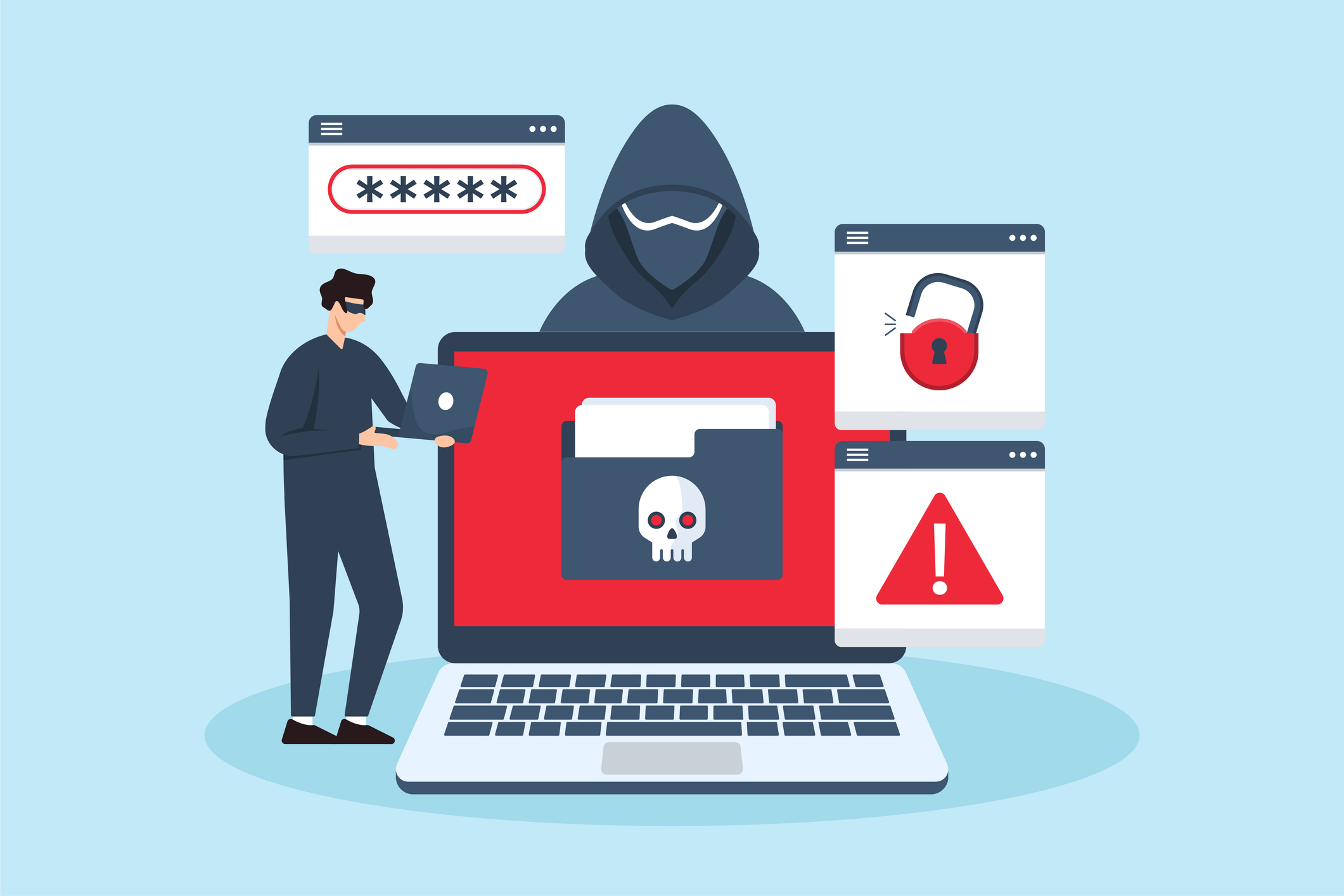Ransomware attacks no longer just affect large corporations and government agencies. In fact, small and mid-sized businesses (SMBs) have become one of the most frequently targeted groups by ransomware operators. Their limited IT budgets, inconsistent patching practices, and reliance on third-party services create a perfect environment for threat actors to exploit.
Why Ransomware Groups Target Small Businesses
Threat actors are not only after billion-dollar payouts, they are also opportunistic. Small businesses often lack dedicated cybersecurity personnel and rely on outdated or misconfigured systems, making initial access much easier. Once inside, attackers can rapidly encrypt files or exfiltrate sensitive data for double-extortion tactics.
1. Lower Barriers to Entry
Many SMBs rely on legacy systems, shared credentials, weak remote desktop configurations, or improperly secured VPNs. These provide a wide attack surface with minimal resistance. Tools like Cobalt Strike, PowerShell Empire, or even off-the-shelf ransomware kits allow attackers to exploit these weaknesses with little technical sophistication.
2. Slower Detection and Response
Without a 24/7 security operations center (SOC) or centralized alerting, malicious activity often goes unnoticed for hours or days. This delay gives attackers ample time to disable backups, escalate privileges, and deploy ransomware payloads across endpoints and file servers.
3. High Ransom Payment Rate
Many small businesses cannot afford prolonged downtime. This urgency makes them more likely to pay the ransom to resume operations, especially if their data backups are incomplete, encrypted, or unavailable.
4. Access to Supply Chain Targets
By compromising an SMB that serves larger clients, attackers can use that access as a pivot point into more lucrative targets. Managed service providers (MSPs), legal firms, and regional logistics companies are frequently used as stepping stones in broader campaigns.
Common Ransomware Entry Points in SMB Environments
Understanding how ransomware is typically introduced into SMB networks is the first step toward defending against it:
- Phishing emails containing malicious attachments or links to credential-harvesting sites
- Exposed RDP or SSH services with weak credentials or no MFA
- Compromised third-party software, including remote monitoring and management (RMM) tools
- Drive-by downloads from hijacked websites or malvertising campaigns
- Unpatched systems, especially for known vulnerabilities like ProxyShell (Exchange), PrintNightmare, or Fortinet SSL VPN flaws
Defensive Strategies That Work
To defend against ransomware, SMBs need a layered approach that combines prevention, detection, and response. The goal is not only to block initial access but also to reduce lateral movement and limit damage if a breach occurs.
Implement Endpoint Detection and Response (EDR)
Traditional antivirus tools often fail to catch modern ransomware strains or fileless attacks. EDR solutions provide behavioral analytics, process monitoring, and memory scanning to detect suspicious activity like credential dumping or PowerShell abuse. They also allow incident responders to isolate infected machines and roll back malicious changes.
Enforce Strong Access Controls
Limit administrative privileges to only what’s necessary. Enforce multi-factor authentication (MFA) on all remote access portals and cloud applications. Regularly audit accounts and disable stale credentials, especially service accounts with elevated rights.
Patch High-Value Targets First
SMBs may not have the resources to patch every system immediately, but they can prioritize. Focus first on systems exposed to the internet, VPN gateways, and assets holding sensitive data. Track patch status through a vulnerability management platform or vulnerability scanning solution.
Harden Backup Infrastructure
A reliable and isolated backup can mean the difference between full recovery and financial collapse. Backups should be encrypted, stored offsite or offline, and regularly tested. Disable backup access from user accounts and ensure backups are not on the same domain as production systems.
Security Awareness Training
Human error remains a primary cause of ransomware incidents. Train employees to recognize phishing attempts, avoid macro-enabled attachments, and report suspicious activity. Simulated phishing campaigns are an effective way to test resilience and adjust training accordingly.
How Netizen Helps SMBs Reduce Ransomware Risk
Netizen provides tailored cybersecurity solutions to help SMBs strengthen their security posture without needing a full-time CISO. Services include:
- Vulnerability assessments and penetration testing to identify weak points before attackers do.
- Fully managed phishing campaigns and end-user security awareness programs.
- Advanced endpoint protection and monitoring solutions for ransomware defense.
- Automated vulnerability scanning and continuous compliance reporting through our assessment platform.
Netizen is ISO 27001:2013 and CMMI Level 3 certified and is recognized by the U.S. Department of Labor for hiring and retaining military veterans.
Looking for expert guidance to secure, automate, and streamline your IT infrastructure and operations? Start the conversation today.



